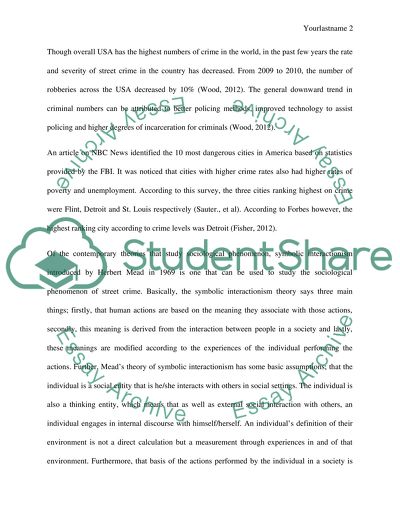Cite this document
(“Street crime Research Paper Example | Topics and Well Written Essays - 1750 words”, n.d.)
Street crime Research Paper Example | Topics and Well Written Essays - 1750 words. Retrieved from https://studentshare.org/sociology/1472265-street-crime
Street crime Research Paper Example | Topics and Well Written Essays - 1750 words. Retrieved from https://studentshare.org/sociology/1472265-street-crime
(Street Crime Research Paper Example | Topics and Well Written Essays - 1750 Words)
Street Crime Research Paper Example | Topics and Well Written Essays - 1750 Words. https://studentshare.org/sociology/1472265-street-crime.
Street Crime Research Paper Example | Topics and Well Written Essays - 1750 Words. https://studentshare.org/sociology/1472265-street-crime.
“Street Crime Research Paper Example | Topics and Well Written Essays - 1750 Words”, n.d. https://studentshare.org/sociology/1472265-street-crime.


